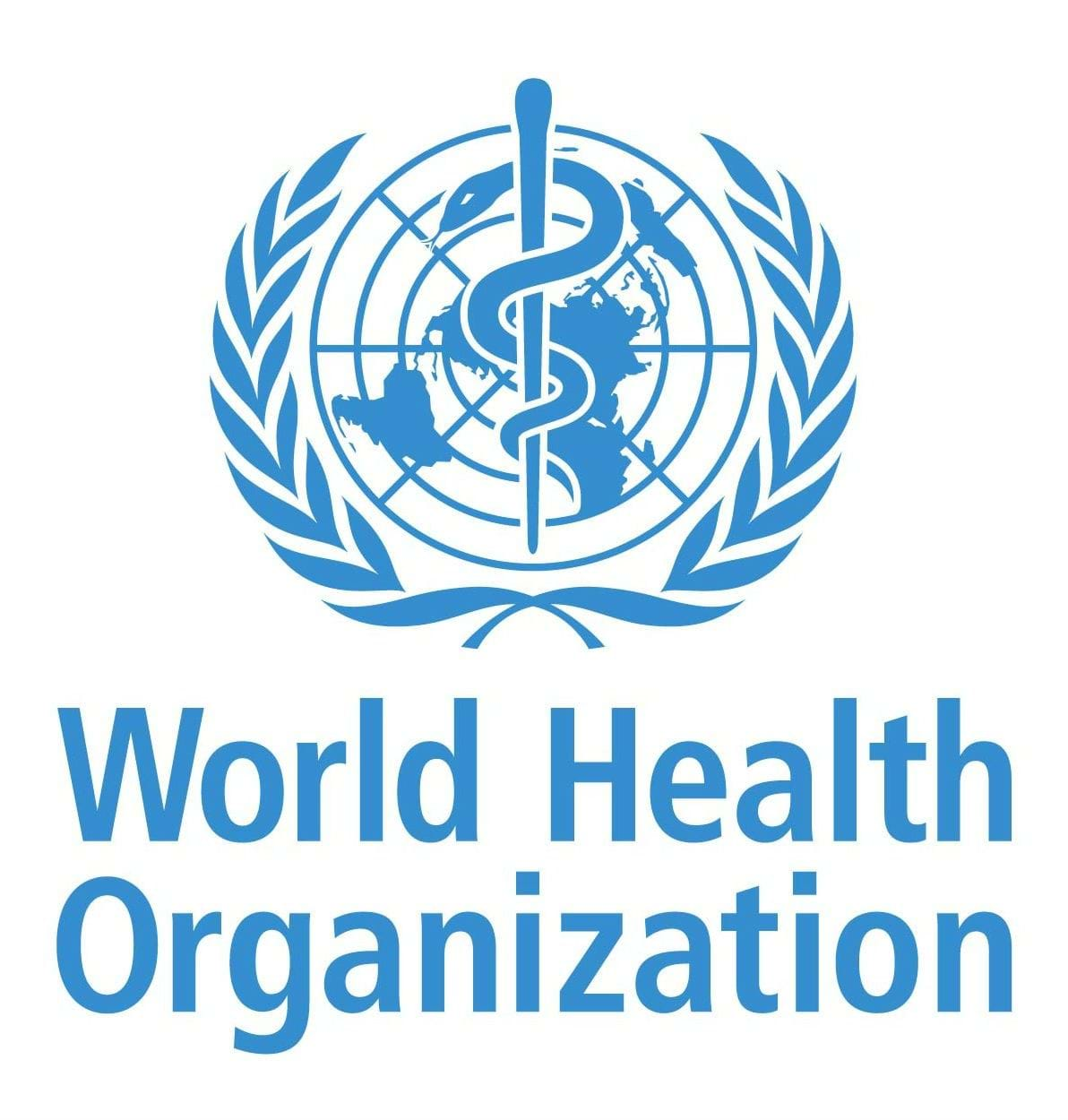Watch event recording
Reducing maternal, newborn, and child mortality remains one of the most critical challenges to achieving the Sustainable Development Goals (SDGs), particularly SDG 3.1 (reduce the global maternal mortality ratio) and SDG 3.2 (end preventable deaths of newborns and children under five). As we approach the 2030 deadline, and with only five years remaining to achieve these goals, the global community must act decisively to accelerate progress.
With the renewed global commitment in the 77th World Health Assembly resolution (WHA77) on accelerating progress on maternal, newborn and child mortality (WHA Resolution), the health workforce is crucial to turning the tide and ending preventable maternal, newborn and child under five deaths. Progress has plateaued or, in some countries, declined: 63 countries are off track to meet the target for newborn mortality by 2030, and 54 countries are off track to meet the under-5 mortality target by 2030. Universal health coverage and health rights are key to ensuring that all women and newborns can thrive, yet the health workforce faces severe challenges, including conflicts, climate crises, emerging diseases, weak systems, and funding shortages. With a projected shortage of 10 million health workers by 2030, factors like high workloads, limited career growth, high migration rates, and violence contribute to burnout, demotivation, and staff losses. Despite these challenges, we must all accelerate efforts to save lives, leave no one behind, and stay accountable to the communities we serve.
This high-level dialogue is the second of a series of dialogues that bring together policymakers, healthcare leaders, donors and experts to discuss how countries can accelerate the implementation of the WHA77 resolution. This dialogue will focus on investing in and empowering health workforce.

.png?sfvrsn=6d0e27cd_1)



